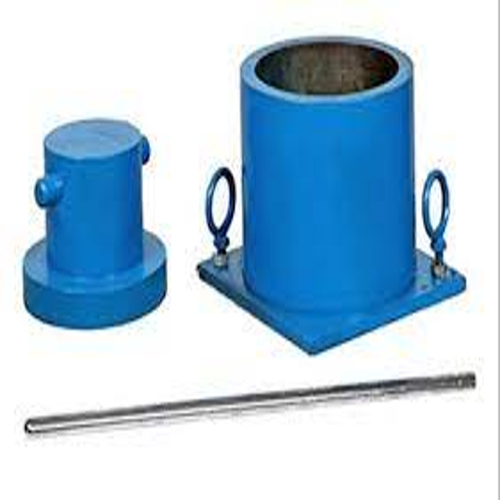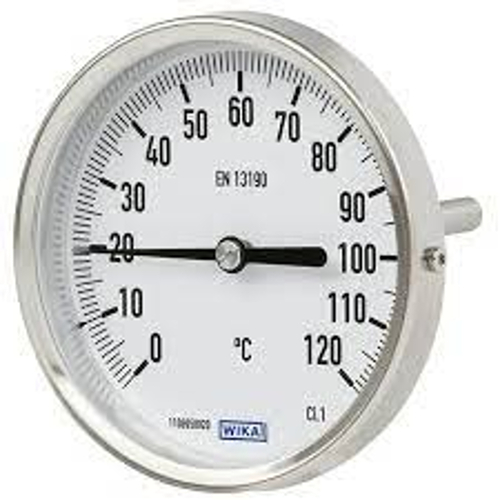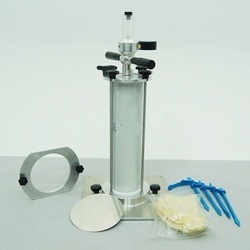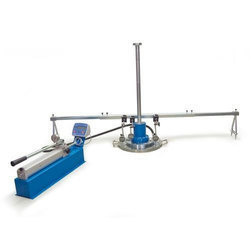Computerized Triaxial Testing System
Price 1105000 INR/ Piece
Computerized Triaxial Testing System Specification
- Color
- Blue
- Usage
- laboratory
- Mounting Type
- Floor Mounting
- Operate Method
- Automatic
- Material
- Mild Steel
- Power Supply
- Electric
Computerized Triaxial Testing System Trade Information
- Minimum Order Quantity
- 1 Piece
- FOB Port
- Chennai
- Payment Terms
- Cash in Advance (CID), Cash Advance (CA)
- Delivery Time
- 2 Week
- Main Export Market(s)
- Asia
- Main Domestic Market
- Chandigarh, Himachal Pradesh, Tripura, Manipur, Uttarakhand, Daman and Diu, Dadra and Nagar Haveli, Lakshadweep, South India, East India, Andaman and Nicobar Islands, Andhra Pradesh, Assam, Arunachal Pradesh, Bihar, Delhi, Gujarat, Goa, Jammu and Kashmir, Jharkhand, Maharashtra, Mizoram, Meghalaya, Nagaland, Odisha, Punjab, Pondicherry, Rajasthan, Sikkim, Tamil Nadu, Telangana, Uttar Pradesh, West Bengal, Haryana, Madhya Pradesh, Karnataka, North India, Kerala, Central India, West India, Chhattisgarh, All India
About Computerized Triaxial Testing System
Determining the mechanical properties of soils is a very important step to design foundations,embankments and other soil structures. Building constructions, excavations, tunneling and similar applications have several effects on the subsoil structures and these effects are successfully simulated with Triaxial Tests where the stress-strain relation of undisturbed soil specimen are investigated by subjecting the soil sample to different stress levels and drainage conditions. The Labtest Triaxial Test System provides automated triaxial compression tests on cylindrical undisturbed and remolded soil samples. Unconsolidated undrained (UU), consolidated drained (CD) and consolidated undrained (CU) compression tests can be automatically run, controlled and reported using this apparatus.
Unconsolidated Undrained (UU) Test:
- For the UU test, the specimens (assumed to be saturated prior to test) are subjected to a confining fluid pressure in a triaxial chamber.
- Once the specimen is inside the triaxial cell, the cell pressure is increased to predetermined value by rotating the knob, and the specimen is brought to failure by increasing the vertical stress by applying a constant rate of axial strain.
- Saturation and consolidation are not permitted to keep the original structure and water content of sample untouched.
- Pore pressures are not measured during this test and therefore the results can only be interpreted in terms of total stress.
- These tests are generally carried out on three specimens of the same sample subjected to different confining stresses.
- Can make test with displacement or load control.
- Real time display of test graph.
- CPU card with 32-bit ARM RISC architecture
- One analog channel for high capacity load cell, one analog channel for low capacity load cell, one analog channel for displacement transducer and one analog channel for cell pressure ( only for UU tests)
- Programmable digital gain adjustment for load-cell, pressure transducers, strain-gauge based sensors, potentiometric sensors, voltage and current transmitters
- 1/256000 points resolution per channel 10 data per second sample rate for each channel
- Ethernet connecting for computer interface
- 800x480 resolution 65535 color TFT-LCD industrial touchscreen
- 4 main function keys
- Multi-language support
- 3 different unit system selection; kN, Ton and lbf
- Real-time clock and date
- Test result visualization and memory management interface
- Remote connection through ethernet
- USB flash disc for importing test results and for firmware
- USB printer support for inkjet and laser printers (ask for compatible models)
- Camera support for real-time video recording during test (ask for compatible models)
- Free of charge PC software for the test control and advanced report generation
- De-Airing Water Apparatus
- De-Airing Water Tank
- Vacuum Control and Water Connection Panel with Regulator and Vacum Gage Manometer or Connection Panel for Vacuum and Water with Vacuum Gage (These panels are optional)
- Plastic Hose
- Vacuum Pump
- Filter Flask or Air Drying Unit / Water Trap
- De-Airing Water Tank
- Vacuum Control and Water Connection Panel with Regulator and Vacum Gage Manometer or Connection Panel for Vacuum
- Water with Vacuum Gage (These panels are optional)
- Plastic Hose
Additional Information:
- Item Code: ZI-3088
- Port of Dispatch: New Delhi Airport per ICD New Delhi
- Production Capacity: 2-3 Pieces
- Delivery Time: 3-4 weeks
- Packaging Details: WOODEN CASE
Advanced Automation for Accurate Testing
This Triaxial Testing System offers fully automated operation, reducing manual intervention and enhancing measurement precision. Its computerized controls deliver repeatable results, essential for both routine and critical laboratory testing. The floor-mounted design ensures stability during use, while the electric power supply guarantees smooth, uninterrupted testing cycles.
Built to Last with Mild Steel Construction
Manufactured using high-quality mild steel, this system is engineered for durability and longevity. The robust construction minimizes maintenance needs, even in high-volume laboratory environments. The blue finish not only adds to its professional appearance but also offers wear resistance, contributing to its long service life.
FAQs of Computerized Triaxial Testing System:
Q: How does the computerized triaxial testing system operate?
A: The system operates automatically through a computerized interface that controls the testing process, from sample setup to data collection. Users simply input parameters, and the machine performs the test with high precision, minimizing the need for manual adjustments.Q: What is the primary usage of this triaxial testing system?
A: This system is primarily used for laboratory testing of soil and material samples to assess strength, deformation, and other mechanical properties under varied stress conditions, making it essential for research, quality control, and academic work.Q: When should a laboratory choose a computerized system over a manual one?
A: A computerized system is ideal when consistent, accurate results and high throughput are required. Automated operation reduces human error and speeds up the testing process, which is especially beneficial for laboratories handling large sample volumes or requiring detailed reports.Q: Where can this testing system be installed?
A: This device is designed for floor mounting, providing stability during operation. It is suitable for installation in research laboratories, educational institutions, industrial test facilities, and geotechnical testing centers across India.Q: What is the process for conducting a triaxial test with this system?
A: To conduct a test, secure the sample within the system, configure the testing parameters via the computer interface, and initiate the automated sequence. The system applies controlled stress, records data in real time, and automatically generates analytical results.Q: How does the mild steel construction benefit the user?
A: The mild steel frame ensures robust support and long-lasting durability, minimizing wear and maintenance. Its strength is especially advantageous in high-use laboratory environments, making the system a reliable investment.

Price:
- 50
- 100
- 200
- 250
- 500
- 1000+
More Products in Soil Test equipments Category
Aggregate Crushing Value Apparatus
Price 10000 INR / Billions Of Unit
Minimum Order Quantity : 1 Bottle
Usage : Aggregate Testing in Laboratory
Mounting Type : Table Top
Power Supply : 230 V AC, 50 Hz
Dial Thermometer
Price 1000 INR / Number
Minimum Order Quantity : 1 Number
Usage : Temperature Measurement
Mounting Type : Back or Bottom Connection
Balloon Density Apparatus
Price 95000 INR / Piece
Minimum Order Quantity : 1 Piece
Usage : laboratory
Mounting Type : Floor Mounting
Power Supply : Manual
Color : Silver
Plate Load Test Apparatus
Price 106000.00 INR / Piece
Minimum Order Quantity : 1 Piece
Usage : Laboratory
Mounting Type : Floor Mounting
Power Supply : Electric
Color : Blue Grey
GST : 33AVTPM1866A3ZI
|
 |
SUBI TEK
All Rights Reserved.(Terms of Use) Developed and Managed by Infocom Network Private Limited. |


 Send Inquiry
Send Inquiry





